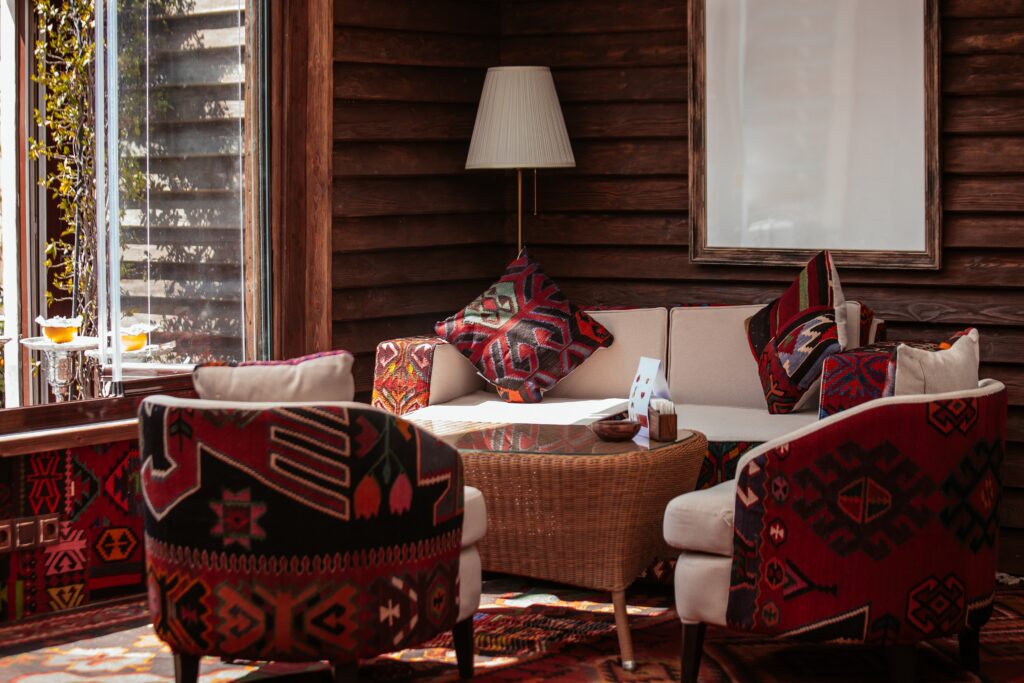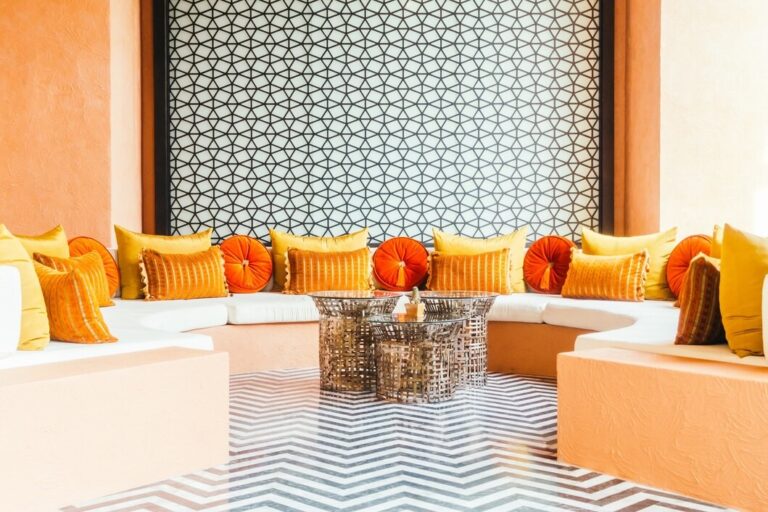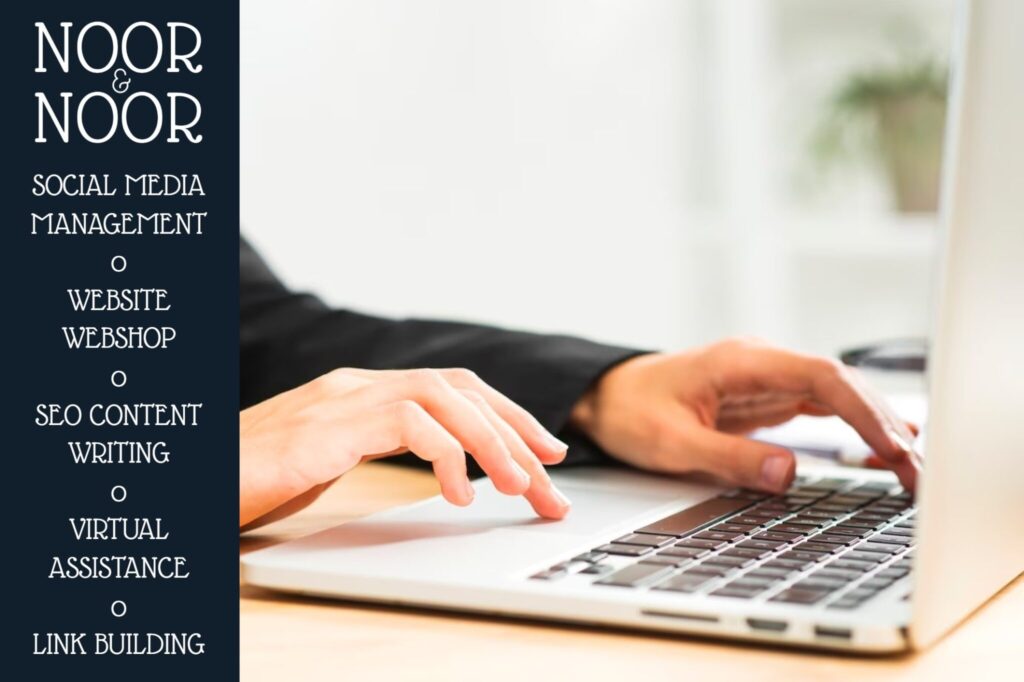Morocco has long enchanted visitors with its rich culture, intricate architecture, and layered history. But beyond its bustling souks and majestic landscapes, there’s a design aesthetic that continues to inspire homes around the world. For those who live in Morocco—or simply hold it close to their heart—the fusion of traditional craftsmanship with modern elegance has become the ultimate lifestyle statement. Here’s a look at the interior trends that bring a Moroccan soul into every corner of your home.
The Revival of Traditional Materials
Moroccan interiors are rooted in authenticity. Materials such as tadelakt (a polished lime plaster), zellige (hand-cut mosaic tiles), and carved cedar wood are seeing a revival not only in Moroccan homes but also in international design circles. What once belonged exclusively to riads and palaces is now being incorporated into minimalist city apartments and modern villas alike.
Tadelakt, for example, is being used in contemporary bathrooms and kitchens for its smooth, water-resistant finish and soft, earthy texture. Zellige tiles add personality to backsplashes, fireplace surrounds, and garden walls, offering an artisanal counterbalance to today’s sleek, industrial surfaces.
Earthy Tones and Sun-Soaked Color Palettes
Forget the flashy reds and purples of the past. Modern Moroccan-inspired interiors are turning toward neutral tones, terracotta shades, olive greens, and sun-bleached pinks. These colors echo the landscapes of Morocco—from the sands of the Sahara to the clay walls of Marrakech.
These palettes work beautifully with natural textures: think woven rugs, handcrafted pottery, and raw wood elements. The result is a calm, grounded aesthetic that feels timeless and soulful—just like Morocco itself.
Courtyard Living Reimagined
One of Morocco’s most iconic architectural features is the riad: a traditional home centered around an open-air courtyard. While not everyone has the luxury of a private patio or inner garden, the principle of indoor-outdoor flow is becoming increasingly relevant, especially in warmer climates.
Sliding glass doors, small internal gardens, or even just bringing more plants inside helps echo that riad feeling—transforming the home into a retreat that breathes, opens, and connects to nature. Adding a small water feature, like a fountain or wall-mounted tap, can elevate the tranquil, oasis-like mood.
Here’s how to preserve Hassani culture in Morocco
Rooted in the traditions of the populations of the South, it is manifested by a unique linguistic, artistic and social...
Fantasia (Tbourida): Moroccan Tradition or Sport?
Across the plains of Morocco, the sound of galloping hooves and gunpowder echoes through the air during a traditional performance...
Sustainable Fashion Styles for the Cooler Months
In Morocco, the cooler months bring not only a change in weather but also a shift in wardrobe choices. More...
6 daily habits to stay physically fit as senior
As we get older, maintaining physical fitness doesn’t require an expensive gym membership or complicated routines. It’s all about adopting...
Rooftop Escapes: The New Living Room
In cities like Fès, Rabat, and Essaouira, rooftops are not just functional spaces—they’re an extension of daily life. More and more homeowners and expats are turning their rooftops into open-air lounges complete with Moroccan lanterns, low seating, poufs, and tea corners.
A mix of textiles—kilim rugs, leather poufs, cotton throws—and a few climbing plants or olive trees in clay pots can make even the smallest rooftop feel like a five-star escape. And when the sun sets? The glow of candles in pierced metal lanterns brings that unmistakable Marrakech magic.

Handcrafted, Not Mass-Produced
At the heart of Moroccan design lies a respect for the artisan. Whether it’s a handwoven boucherouite rug, a brass tea tray, or a hand-painted ceramic bowl, each piece tells a story.
More interior designers—and conscious consumers—are turning away from fast furniture and toward ethically made, one-of-a-kind items. Supporting local artisans in Morocco not only brings cultural richness into your space, but also helps preserve age-old traditions in a fast-changing world.
Fusion with Modern Minimalism
For MREs (Moroccans living abroad) and international fans of Moroccan style, the key trend is fusion. Clean Scandinavian lines meet Moroccan texture. Mid-century furniture pairs with tribal rugs. Concrete and brass coexist.
The trick is balance: one statement piece, like a large tadelakt wall or a vintage Moroccan mirror, can anchor a space without overwhelming it. It’s all about layering—texture over color, culture over trend, and meaning over mass production.

Living with the Spirit of Morocco
Whether you’re renovating a family home in Casablanca, decorating a pied-à-terre in Tangier, or adding Moroccan flair to your apartment in Paris or Montreal, one thing is certain: the spirit of Morocco is more than just a design trend. It’s a way of life. One that values beauty, warmth, community, and craftsmanship.
And in a world that’s becoming ever more digital and fast-paced, this soulful aesthetic invites us to slow down, reconnect, and live more meaningfully—one tiled step at a time.
















Discussion about this post